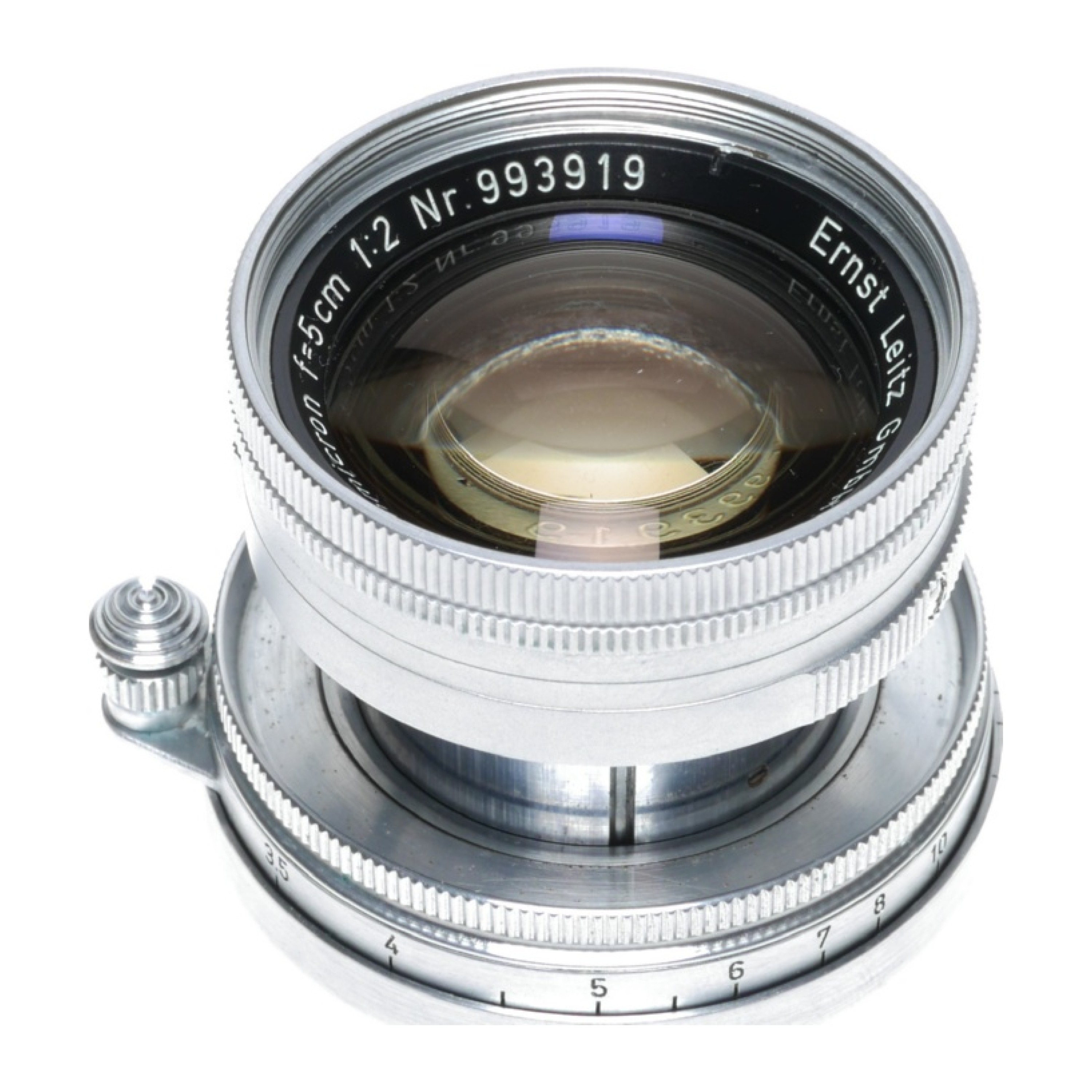

I took some test shots to see the difference. There can also be some flare which can be difficult to get rid of in photoshop. Click on the images to view larger.Īs I mentioned without the hood or if shot directly in the sun there is considerable loss of contrast.
#LENS HOOD FOR 50MM SUMMICRON COLLAPSIBLE ISO#
Here are few images made with Leica iiig, Ilford fp4+ developed in Ilfosol and Sony A7ii at ISO 100. If I need a modern 50mm for the job I would use my Loxia. However I bought this lens for its unique properties. The lens I bought is in stunning optical condition and has been serviced by Alan Starkie fully but it just lacks modern coating. Also not to forget the lens is from 1952. This is probably due to lack of modern coating. I found that the lens has lower contrast compared to the modern glass and it reduces further in direct sunlight. However with few rolls of film through it and adapted on my Sony A7ii I found the lens to have that unique look and bookeh which perhaps can be attributed to the glass that is being used.

Now rangefinder is an acquired test and takes time compared with SLR cameras. An opportunity came by to purchase Leica iiig and a collapsible summicron at right price and decided to test it myself. Now as is often the case with internet forums there are lot of opinions and hearsay stories regarding which lenses did have these elements and qualities etc. It turns our Leica and couple other manufacturers tried it for various reasons. It got me intrigued and I decided to check out if there are any other lenses with rare earth elements. I was reading about Aero-ektar and found that it has elements with rare earth material. Now this is another very difficult lens to come by and needs a camera with in-built shutter like Graflex for broader usage.

Since then I was attracted to legendary Kodak Aero-ektar 178mm for large format for the unique look and feel it brings to the portraits. However I needed to get lenses for a large format project I have been working on. I knew I will repent the decision and I did. Last year I sold my beloved Summicron 35mm version IV which was in a stunning optical condition. But LaK9 glass wasn’t available until late 1952, and even then only in limited quantities. The eventual plan was to use a special Krown Lanthanum glass (later licensed to Schott Glass Works as LaK9) that was formulated by Broemer and Meinart in Wetzlar’s renowned glass division. Both materials emit radiation that can be measured with a Geiger counter, but thorium is significantly more radioactive than lanthanum because a much larger percentage of it consists of an unstable isotope. To create what became the Summicron, a 7-element, a 4-group masterpiece with elements having shallower curves than those in the Summitar, they needed to use glass that provided a very high refractive index (light-bending power), along with very low dispersion (the differences in light-bending angles for various wavelengths of light.) The classic measure of the optical dispersion of a glass is its Abbe number the higher the number, the narrower the dispersion spectrum, and the easier it is to control chromatic aberrations, etc.Īt the time, the only way to achieve glass that provided a very high refractive index and a high Abbe number was to incorporate a “rare earth,” thorium oxide or lanthanum oxide, into the glass itself. Leitz Wetzlar and close associates of Berek, who passed away in October 1949. The assignment fell to Gustav Kleinberg and Otto Zimmermann, two of the most brilliant optical designers at E. By that time, they were diligently working on a stunning new Leica camera that was to become the landmark Leica M3 of 1954, and their goal was to grace it with the finest, most advanced 50mm f/2 lens the world had ever seen. By the late 1940s, the management at Leica knew they needed to come up with a superlative successor to the well-respected 50mm f/2 Summitar that had been designed by the legendary Max Berek in 1937 and had been in production since 1939.


 0 kommentar(er)
0 kommentar(er)
